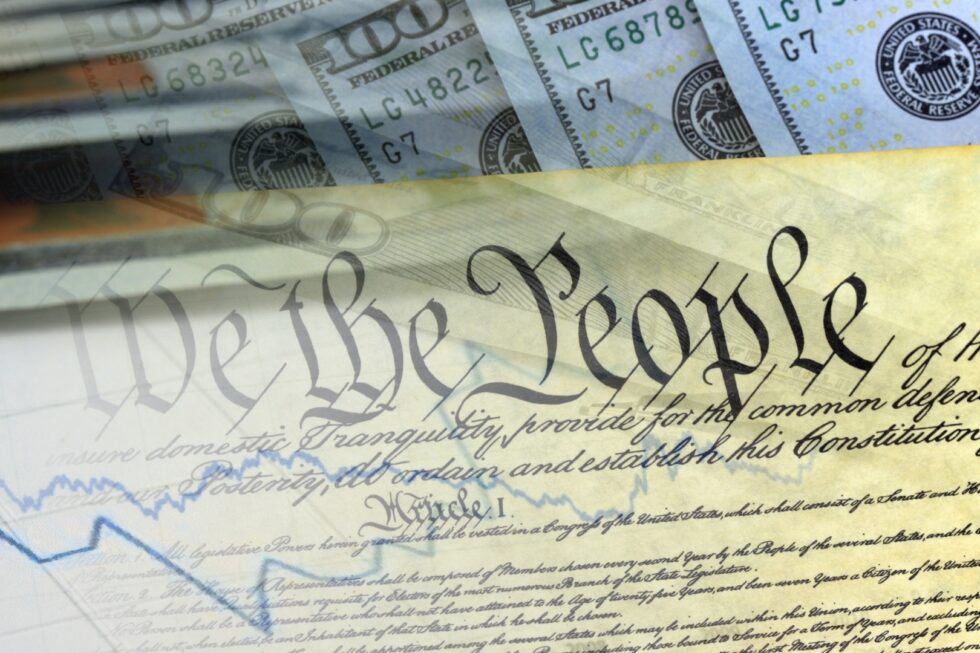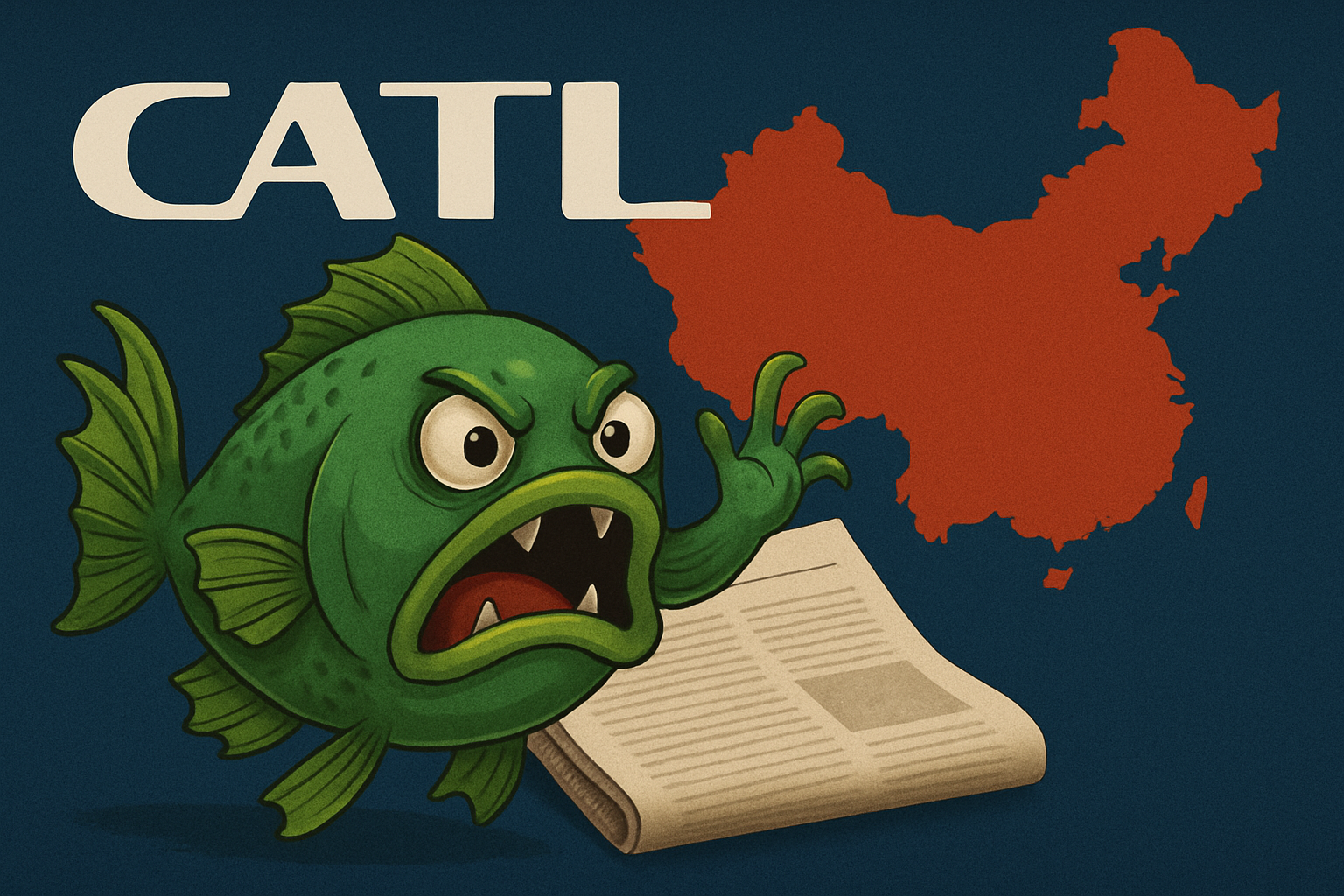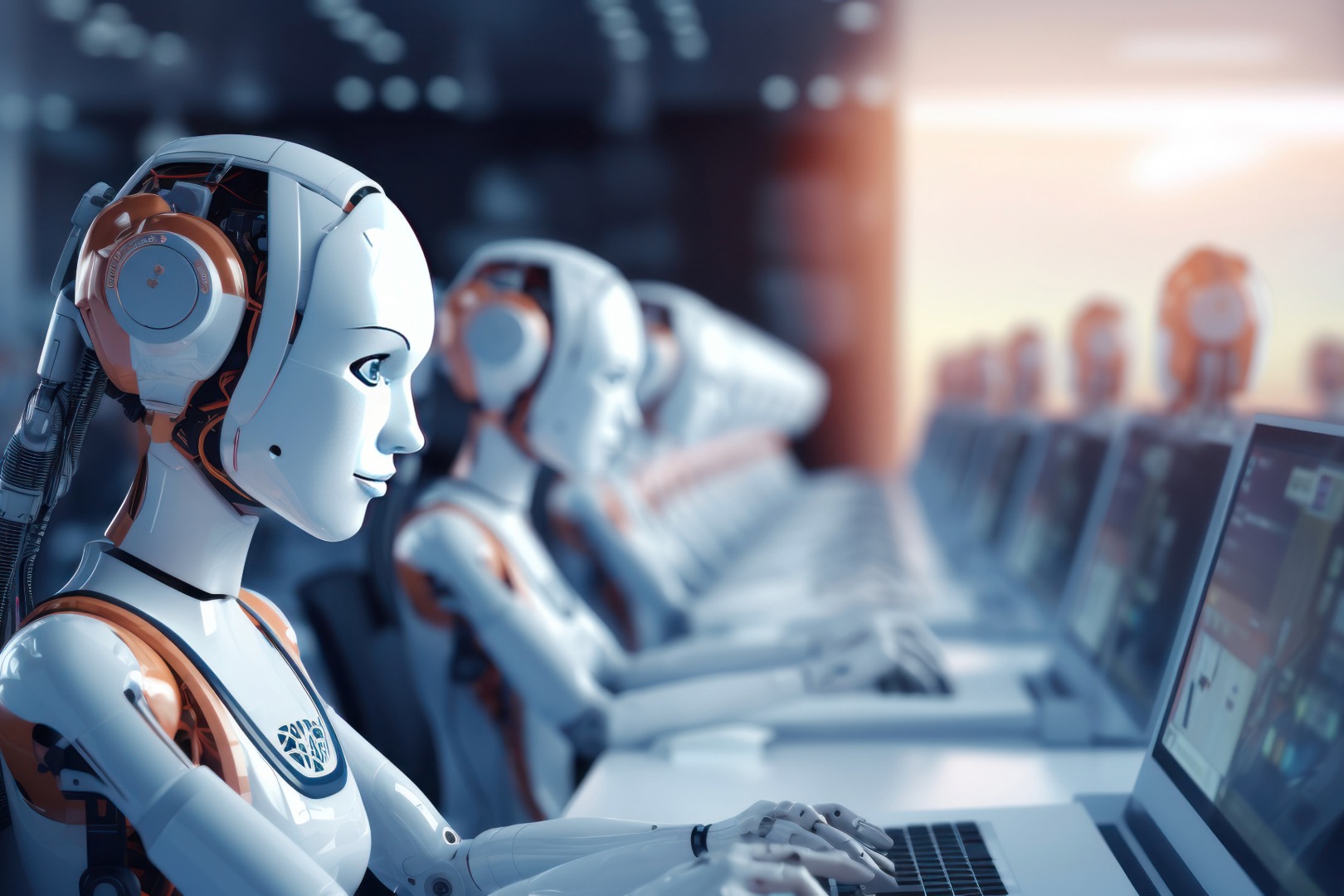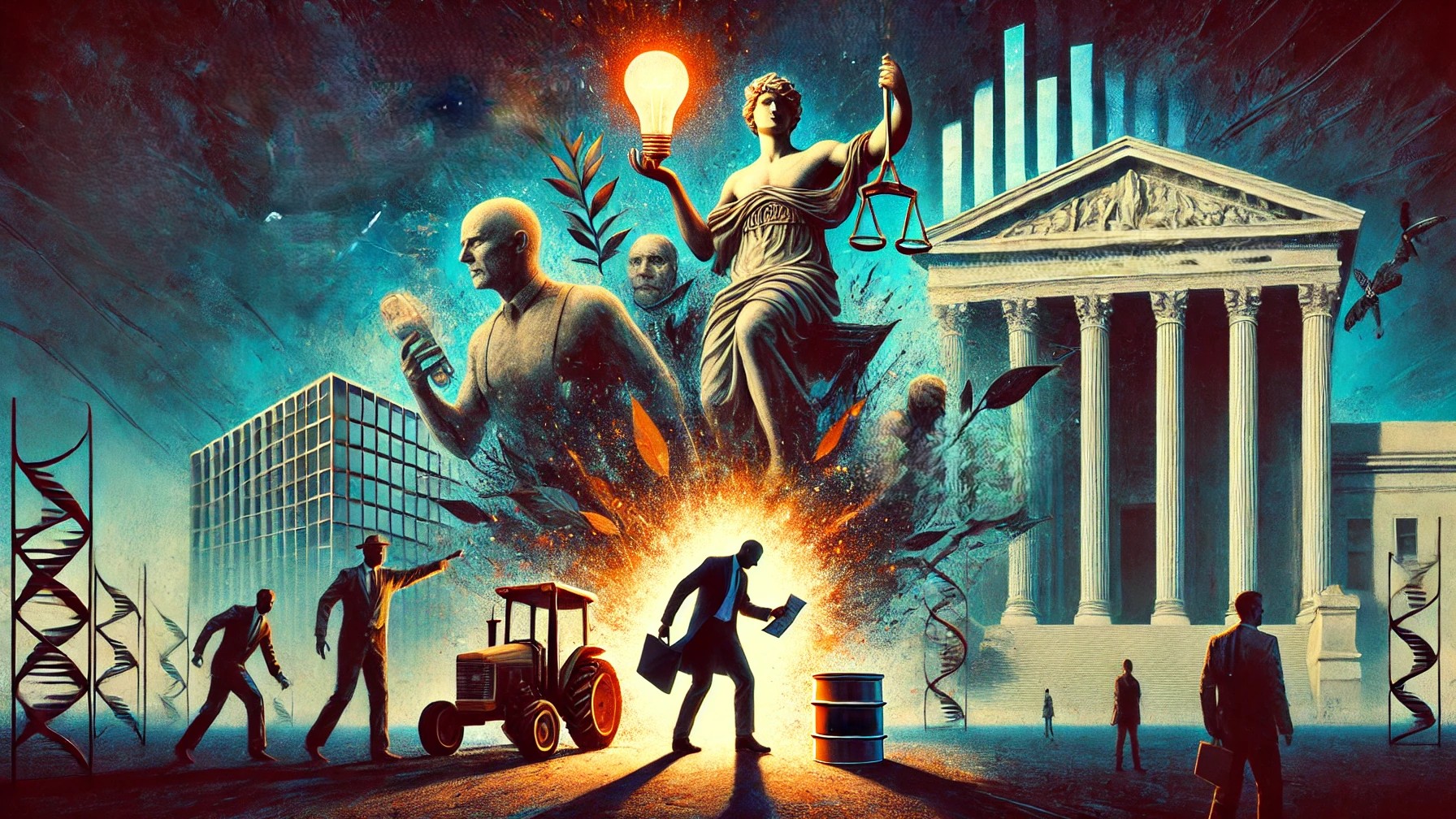
Case of Administrative Overreach and AIA Harming of National Prosperity and Security
The U.S. Constitution grants a paramount and inalienable right in Article 1 Section 8 Clause 8, Authors and Inventors Clause (Innovation Clause). It represents the most vital and lasting contribution of our Founding Fathers to the cause of Liberty. This unique and sole Right for which our Founders risked their lives and fortunes was foundational in establishing a prosperous nation predicated on freedom. It has spurred remarkable human progress, encapsulating the American Dream, and has been instrumental in winning wars, and is now in great peril and under attack.
Article I defines the structure, obligations, and powers of the first branch of government, two chambers representing “We the People”. Section 8 enumerates its powers in 18 clauses.
- Clauses 1-7 outlines the power to create an economic structure, including taxation, an unlimited credit card, commerce…, and the post office.
- Clause 8 the Innovation Clause.
- Clauses 9-10 creates the federal court system, inferior to the Supreme Court, and powers to address maritime crimes.
- Clauses 11-16 creates the power to declare war, raise and support the Army, and creates the Navy.
- Clauses 17-18 creates the power to make and enforce laws.
Clause 8 is so important to the Founding Fathers that it precedes the establishment of the Military.
“To promote the Progress of Science and useful Arts, by securing for limited Times to Authors and Inventors the exclusive Right to their respective Writings and Discoveries”
The original 10 Articles of the U.S. Constitution bestows only one and singular Right, its exclusive and it’s the Innovation Clause. This exclusive Right defined in its predecessor the Declaration of Independence is an unalienable Right. The Innovation Clause is sandwiched between the creation of the federal legislative branch, economic structure of the Nation and precedes the establishment of the military. It’s momentous brilliance marries the principle of the arts and sciences with economic wealth based on the foundation of freedom, the unalienable Right, that among these are Life, Liberty and the pursuit of Happiness.
Why does this Right hold such a critical position within the structure of our government, and what are its origins? This can be traced back to Alexander Hamilton, the inaugural Secretary of the Treasury, and to Adam Smith, Father of Economics known as the progenitor of economics and capitalism. In his landmark 1775 publication, “The Wealth of Nations,” Smith argued that wealth is optimally generated through self-interest, division of labor, free trade, and a laissez-faire approach. He posited that allowing individuals to pursue their self-interest in an unregulated market would lead to national prosperity. However, Hamilton challenged Smith’s stance on minimal government intervention, recognizing that under King George’s monarchy, the crown had absolute control over the fruits of labor. Despite this, Hamilton acknowledged the importance of these principles for international trade and a proponent of rewarding those bringing improvements and secrets of extraordinary value to the United States.
The Innovation Clause has sparked astonishing achievements in the Arts and Sciences, and material wealth for the Nation. For 3,400 years humanity depended on horses for transportation from 1500 BC until 1900 AD, in contrast, just 116 years after the ratification of the US Constitution, two brothers from Dayton, Ohio, accomplished the first heavier-than-air flight (Wright Brothers, December 17, 1903). A brief 118 years following that, the Ingenuity helicopter achieved the first flight on Mars (April 19, 2021). This rapid progression underscores the momentous sentence of the Innovation Clause which has enriched the nation and blessed the entire world.
An unforeseen consequence of Alexander Hamilton’s policies is the current plague of industrial espionage, spies where individuals who once encouraged intellectual property theft from other nations are now turning against American citizens. Foreign and large-scale industrial spies, along with elements within the U.S. government, are now seemingly undermining American innovation. The Department of Commerce’s oversight has coincided with a historic decline in American manufacturing, compromising national security. This is evident as China now leads in 37 out of 44 critical technologies, according to the Department of Defense. Furthermore, scandals reminiscent of the Teapot Dome affair are seen in current legal battles like Martin Hoyle v. Michelle Lee and Apple v. Masimo, highlights the disproportionate struggles between inventors and large corporations. Despite Hoyle and Masimo possessing significant resources to fight these injustices, it’s the lesser-known inventor, often working tirelessly in their garage, who faces the greatest challenges. Since the establishment of the Patent Trial and Appeal Board (PTAB) created by the American Invents Act (AIA) in 2010, China has surpassed the United States in patent filings, and is now reportedly using the PTAB to invalidate patents held by U.S. inventors, raising concerns about the protection of American intellectual property.
U.S. Inventor, a non-profit organization is actively challenging these issues. The U.S. Constitution authorizes the legislature to encourage, to Promote innovation and award exclusive rights to inventors. This right is not akin to a public franchise public franchise; it is a fundamental right, superior to and established four years prior to the Bill of Rights, demonstrating greater significance than typical property rights. The Right to an invention encompasses economic, civil, cultural, and social rights and ownership, and should not be mistaken for a public franchise or license. The Patent Right is distinctly different from a Federal Communications Commission (FCC) grant/license of a radio band frequency and is not a commercial franchise like McDonald’s. Notably, the word “franchise” does not even appear in the text of the Constitution, a fact that would likely resonate with constitutional textualists such as Justice Thomas.
Our Founding Fathers envisioned a thriving democracy, a vision encapsulated in the profound yet straightforward words: “To promote Science and secure exclusive Right to Authors and Inventors“. It is time to correct the course and align with this vision, ensuring that the rights and contributions of inventors are duly recognized and protected.
Acknowledgments: The author wishes to thank reviewer Julie Burke, Kassidy and Paul Morinville for their insightful and constructive comments that greatly contributed to improving the final version of this paper. Author is not a lawyer but rather a physicist and firefighter fighting for justice in the U.S. Patent system. These facts I present don’t seem real, but I have researched it and if I am wrong, please forgive and correct. Thank you for taking the time to read my essay, hopefully there will be a lot more. God Bless and Protect America.
REFERENCES
- Bahcall, S. (2019), Loonshots: How to Nurture the Crazy Ideas That Win Wars, Cure Diseases, and Transform Industries. United States: St. Martin’s Publishing Group. https://www.bahcall.com/book/
- Alexander Hamilton, 1791, Final Version of the Report on the Subject of Manufactures, Founders Online, National Archives, https://founders.archives.gov/documents/Hamilton/01-10-02-0001-0007. Original source: The Papers of Alexander Hamilton, vol. 10, December 1791 – January 1792, ed. Harold C. Syrett. New York: Columbia University Press, 1966, pp. 230–340.
- Ben-Atar, Doron (2004). Trade Secrets: Intellectual Piracy and the Origins of American Industrial Power. ISBN 9780300100068. https://academic.oup.com/jah/article-abstract/92/1/201/783167?redirectedFrom=fulltext
- “The Spies Who Launched America’s Industrial Revolution”. www.history.com. 10 January 2019. https://www.history.com/news/industrial-revolution-spies-europe
- Hoyle v. Lee, 2021, https://patentlyo.com/patent/2021/08/hoyle-v-lee.html
- Apple v. Masimo, 2024, https://patentlyo.com/media/2024/01/Apple-v.-ITC-Masimo-Brief-Opposing-Stay.pdf
- China leads US in global competition for key emerging technologies, study says. Reuters, 2023. https://www.reuters.com/technology/china-leads-us-global-competition-key-emerging-technology-study-says-2023-03-02/
- Ana Maria Santacreu and Heting Zhu, “What Does China’s Rise in Patents Mean? A Look at Quality vs. Quantity,” Economic Synopses, No. 14, 2018. https://doi.org/10.20955/es.2018.14
- Malone, Josh (2023) The PTAB: China’s Secret but Deadly Weapon in its Economic War Against America. https://ipwatchdog.com/2023/07/26/ptab-chinas-silent-deadly-weapon-economic-war-america/id=164145/
- SCOTUS says Patents are a Government Franchise, Not a Vested Property Right, Quinn, 2018, https://ipwatchdog.com/2018/04/24/scotus-says-patents-government-franchise-not-vested-property-right/id=96324/
- The Supreme Court’s Chief Justice of Intellectual Property Law, 2022, https://papers.ssrn.com/sol3/papers.cfm?abstract_id=3822741
Stan Sansone, the founder of 911 Medical Devices and a multifaceted innovator with a background as an inventor, physicist, and retired firefighter, developed the revolutionary 911HEAD. Drawing on his extensive experience, he has engineered innovative medical bandages that offer immediate treatment at the point of injury, enhanced by integrated diagnostic and imaging sensors. His inventions, which have been recognized and validated by the Department of Defense (DoD), are proven to significantly address some of the most critical threats to national readiness, offering potential breakthroughs in the treatment of brain injuries and severe burns. Despite their proven efficacy and importance, the U.S. Patent and Trademark Office (USPTO) has unjustly denied his patent application multiple times.Undeterred by these setbacks, Stan continues to represent himself (pro se) in the legal struggle to secure patent protection for his inventions. He is driven by a deep-seated belief in the fundamental right to defend one's innovations and the conviction that losing the ability to stand up for one's rights would signify a departure from the foundational principles envisioned by the founding fathers of the United States. Stan's commitment to his cause underscores his determination to fight for recognition and the broader implications of his work for public health and safety. I hope you find my essay valuable.






